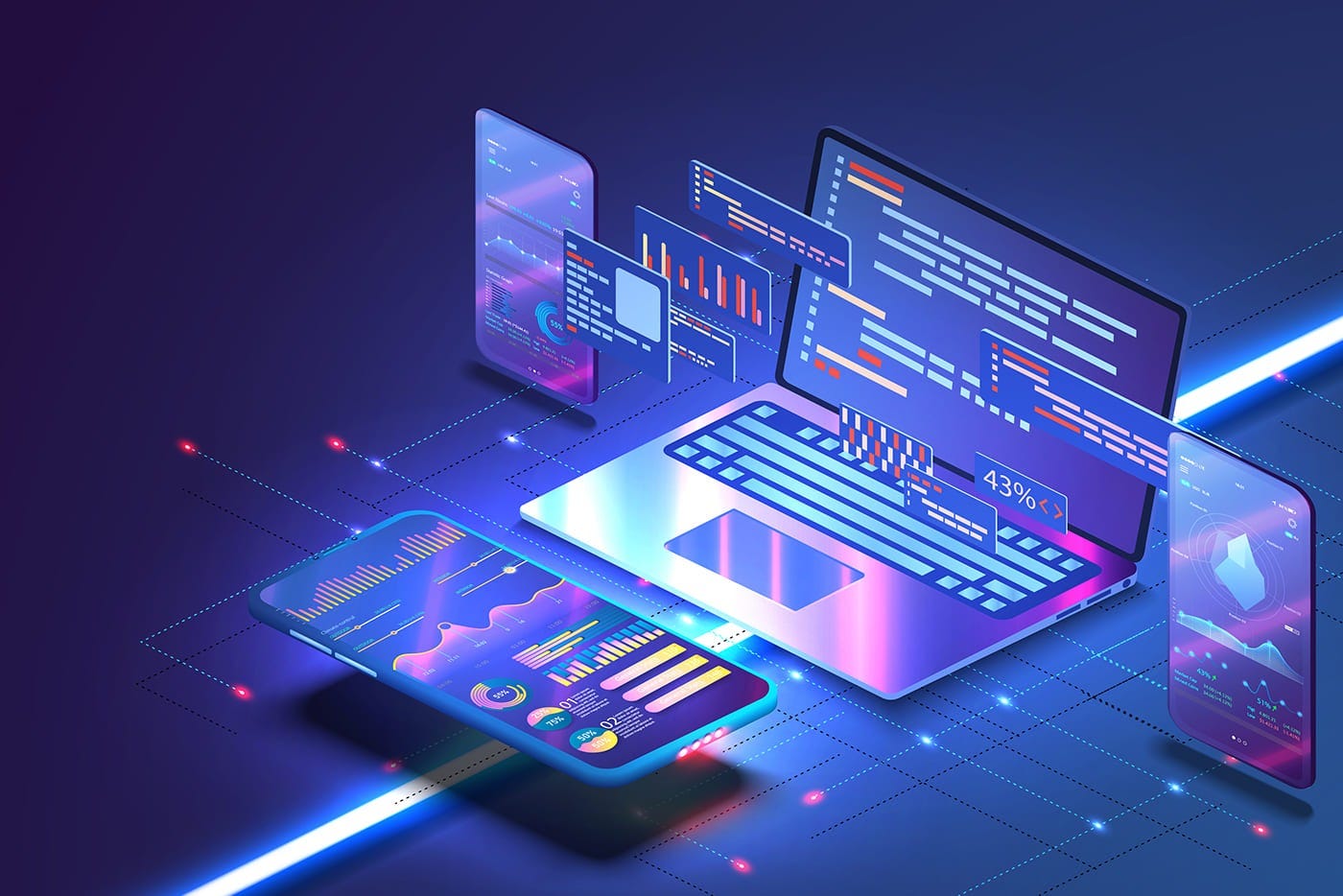What's New with Tech #3-2025
Welcome Back, Readers!
In the rapidly evolving world of technology, staying informed is key to staying ahead. Tech Horizon is your trusted companion on this exciting journey, bringing you the latest updates, insights, and breakthroughs in artificial intelligence, programming, Linux, robotics, and beyond.
Step into the future with us, one issue at a time, as we navigate the dynamic landscape of technology. Welcome to the forefront of innovation—welcome to Tech Horizon!
The AI industry continues to evolve at a breathtaking pace, with groundbreaking developments in open-source models, robotics hardware, productivity tools, and more. From UC Berkeley's NovaSky team's cutting-edge reasoning model to OpenAI's foray into robotics, and Microsoft's enhancements to its AI platforms, the landscape is rich with innovation. Companies like NVIDIA, Google, and Meta are pushing the boundaries of AI hardware and multimodal models, while startups like Ndea and Luma Labs are redefining approaches to AGI and video generation.
Read more: AI Industry Updates & Insights
Java Updates:
WildFly 35 Released: Enhancing capabilities for Jakarta EE applications, WildFly 35 introduces several optimizations.
Jakarta EE 11: The latest updates emphasize ongoing advancements in the Jakarta EE ecosystem.
Java Operator SDK 5.0-RC1: Announced for developers creating Kubernetes operators using Java, marking a milestone in simplifying operator development.
JavaScript Developments:
Node.js Supports TypeScript Natively: A game-changer for TypeScript users, this update simplifies development and streamlines workflows.
JavaScript Rising Stars 2025 Report: Highlights emerging tools and technologies in the JavaScript ecosystem, underlining trends for the coming year.
What's New with Linux #3-2025
As we usher in 2025, the Linux ecosystem is vibrant with a series of noteworthy updates and releases. Here's a curated roundup of the latest developments:
NEURA Robotics: Raised $123 million in funding to advance cognitive, humanoid robots, a testament to growing investment in AI-driven robotics.
CES 2025 Robotics Innovations:
Featured robots included a Star Wars-style home droid, a Pixar-inspired lamp bot, and a robot mixologist.
Notable launches included the SwitchBot K20+ Pro and Aria, a human-like android with advanced AI.
Robots with ultrasonic mapping for pools also gained attention.
Robot Operating System (ROS):
New packages for radar-inertial odometry, camera/lidar fusion, and voxel map to occupancy grid conversion.
Flexible Raspberry Pi setups for soft robotics were unveiled alongside tutorials and networking challenges for ROS 2.
Elementary Robotics Tournaments:
STEM-focused competitions hosted at Prairie Ridge Elementary, the Berry Center, Creekside Middle School, and Miami Lakes Educational Center showcased young talents.
Industry Recognition:
Three companies were nominated for the Robotics Award 2025 for innovations in robot-assisted automation and logistics.
Research Focus:
LP-ICP Method: A novel approach for point cloud registration in extreme environments.
Dynamic Motion Planning: Real-time safe planning for robotic manipulators in changing settings.
Healthcare and Industry:
Flexiv’s Rizon Arm Integration: Kurabo’s sensing tech powered the KURAVIZON robot.
Intel RealSense Spin-Off: Intel’s announcement to make RealSense a standalone company signals shifts in robotics vision applications.
Star Socket: Powering the Future from Space China is aiming for new heights—literally. Plans are underway to construct a colossal solar power station in space, pushing solar panels closer to the sun than ever before. With Earth’s atmosphere no longer absorbing sunlight, this station could potentially harvest more energy annually than all of Earth’s oil reserves combined. While the project is still in its early stages and no timeline has been disclosed, the implications for renewable energy are astronomical.
Schrödinger’s Shuffle: A Quantum Leap Taking inspiration from Schrödinger’s famous thought experiment, physicists have leveraged antimony atoms to store quantum data. Unlike traditional qubits limited to two states, antimony’s capacity to handle eight states significantly enhances quantum computing’s error resistance. This advancement could revolutionize the field, bringing practical quantum applications closer to reality.
Iron Women: Unearthing Europe’s Female-Centric Societies New DNA evidence reveals that parts of Iron Age Britain operated under a matrilineal system—a first in European history. The findings suggest that husbands relocated to their wives’ communities post-marriage, with land and leadership passed down through female lines. This groundbreaking discovery sheds new light on societal structures in ancient Europe.
Record Reboot: Quantum Milestone Achieved MIT researchers have set a new benchmark in quantum computing, achieving a single-qubit fidelity of 99.998% using a superconducting qubit known as fluxonium. This remarkable improvement reduces quantum errors and marks a significant stride toward making quantum computing both usable and practical.
Hide & Seek: Solving the Sulfur Mystery Astronomers have unraveled the enigma of missing sulfur in star-forming clouds. Under low cosmic temperatures, sulfur combines with ammonium to form ammonium hydrosulfide. This salt adheres to space dust, locking sulfur in solid form. This discovery provides critical insights into chemical processes in the cosmos.
That's all for now! Stay tuned for more exciting updates next week. Keep innovating, and remember, the future is now! 🌟👋
Stay curious, stay inspired,
Together, we're not just witnessing the future; we're creating it. Stay tuned for more insights and stories in our next edition! 🌟🛠️







